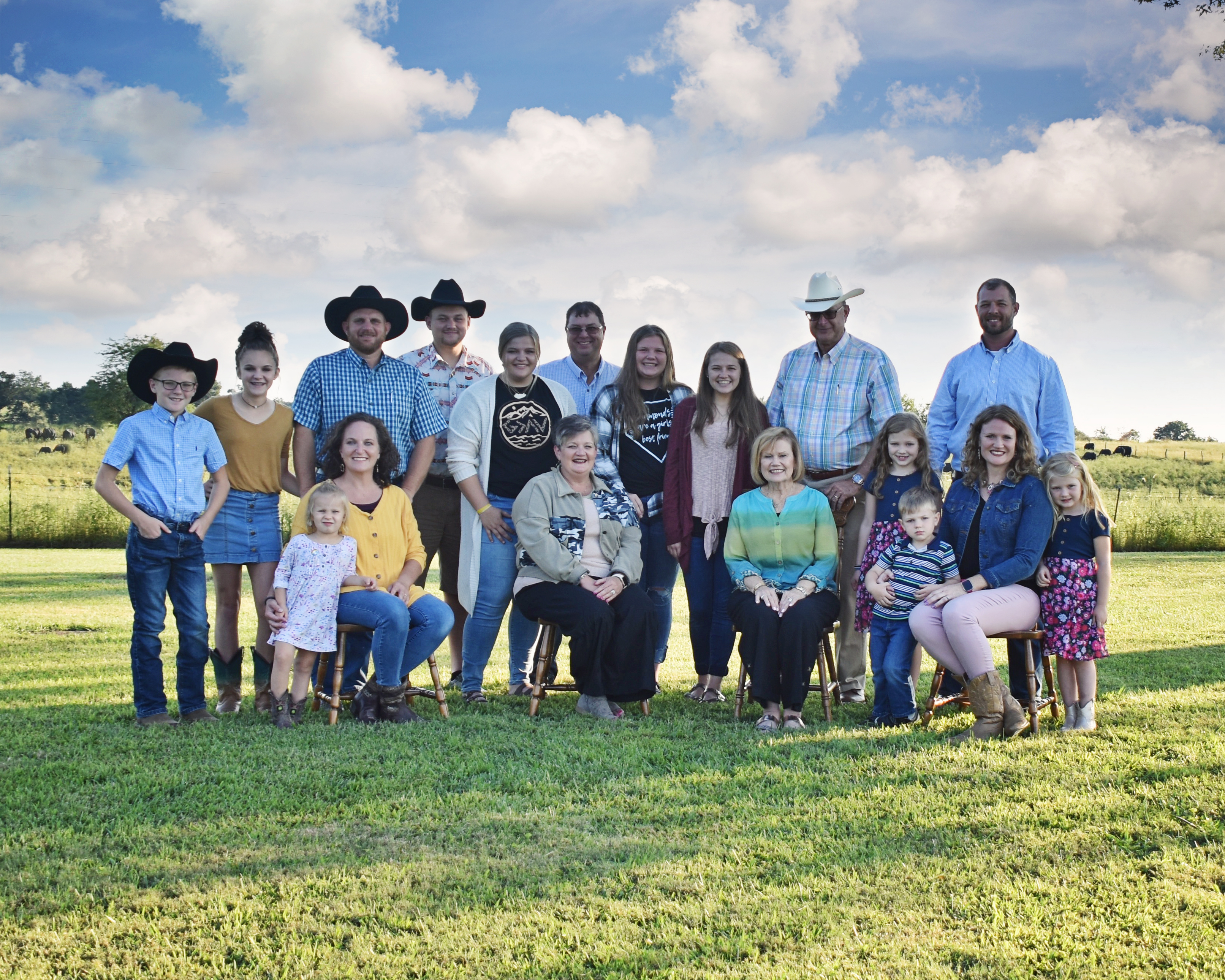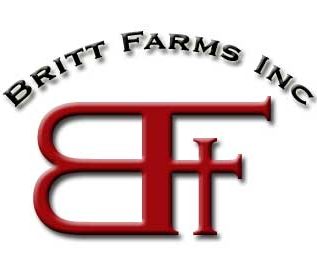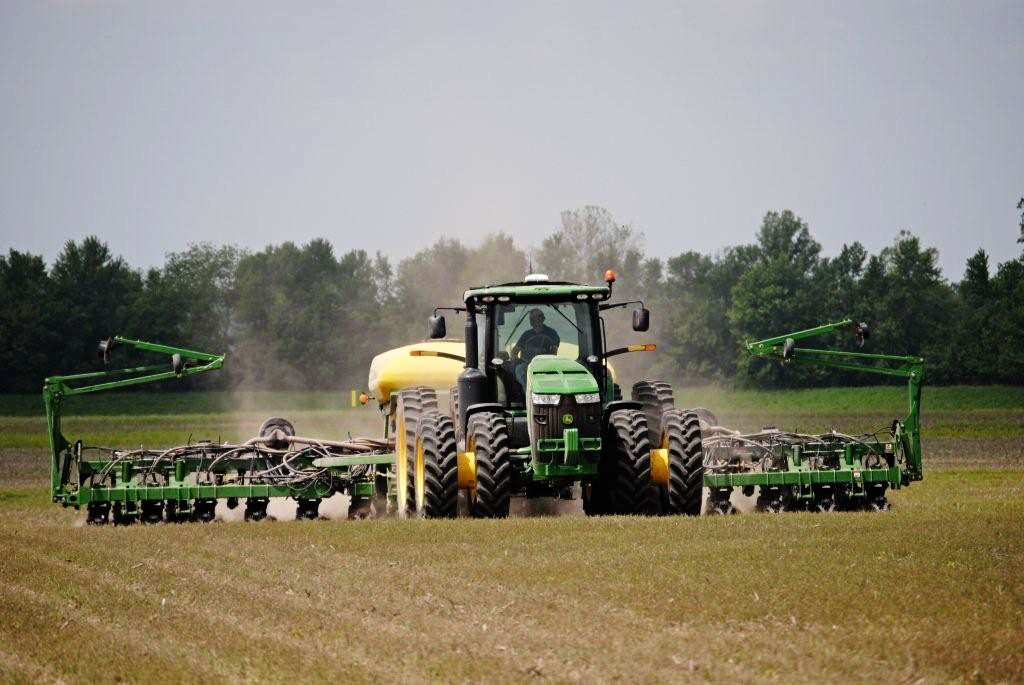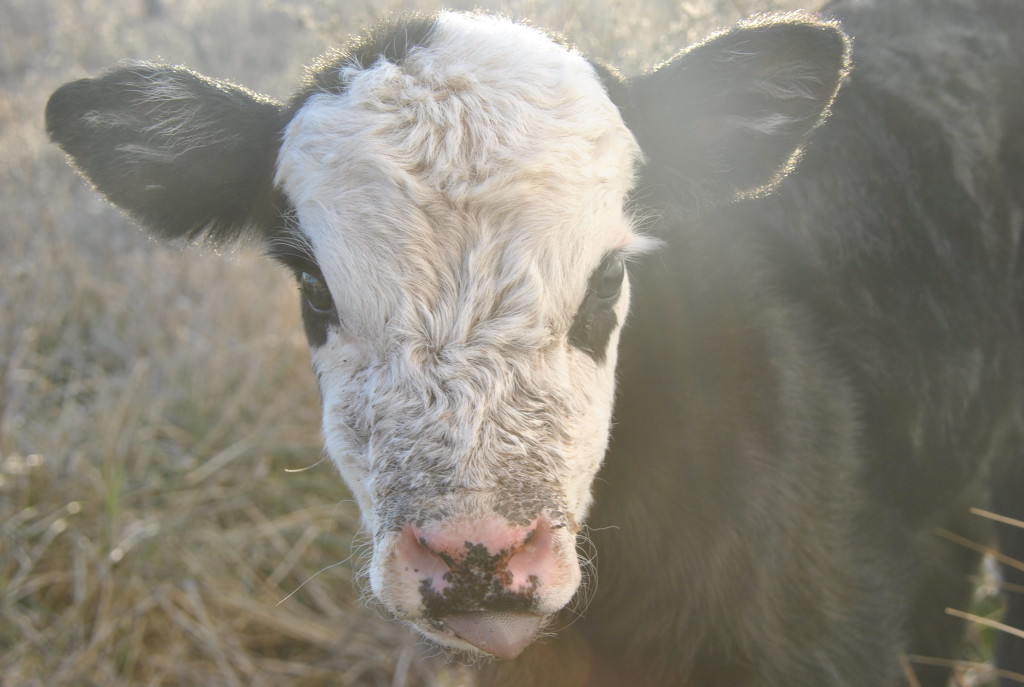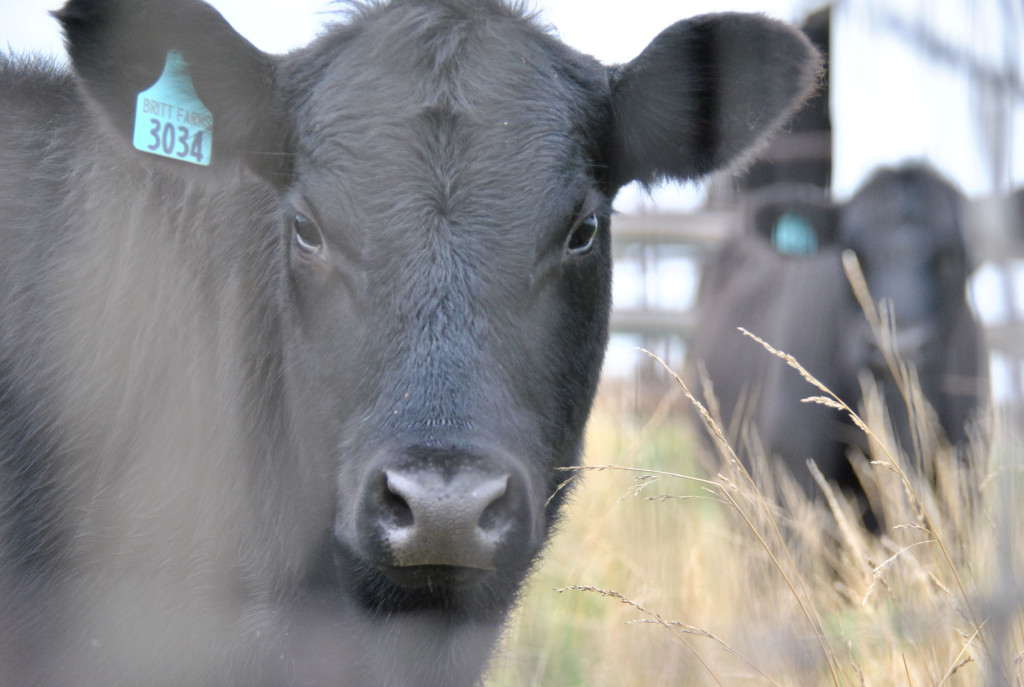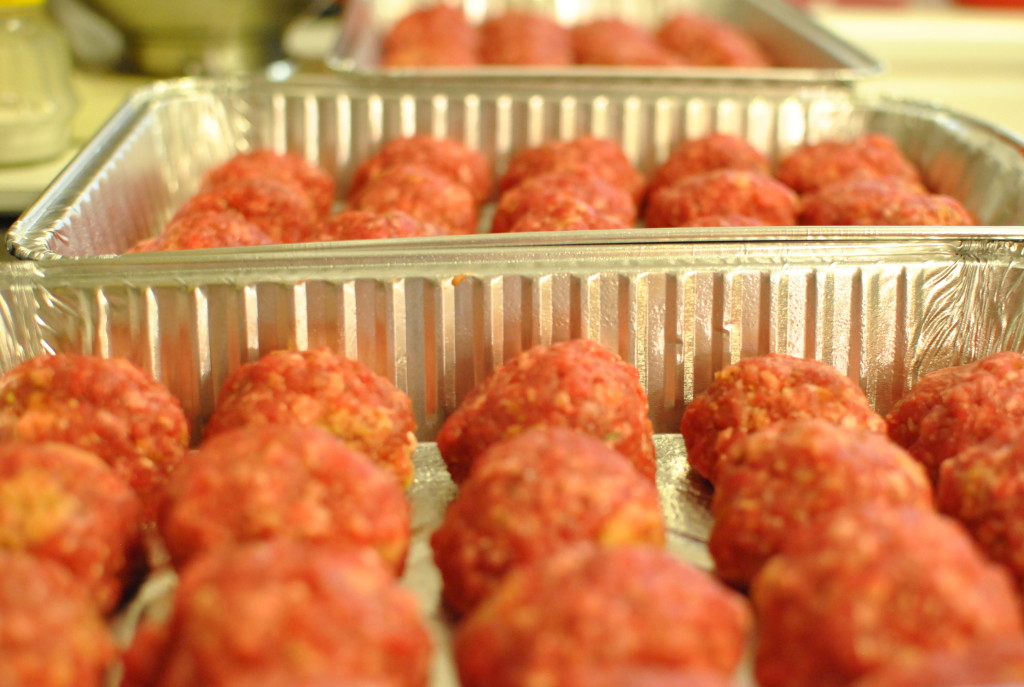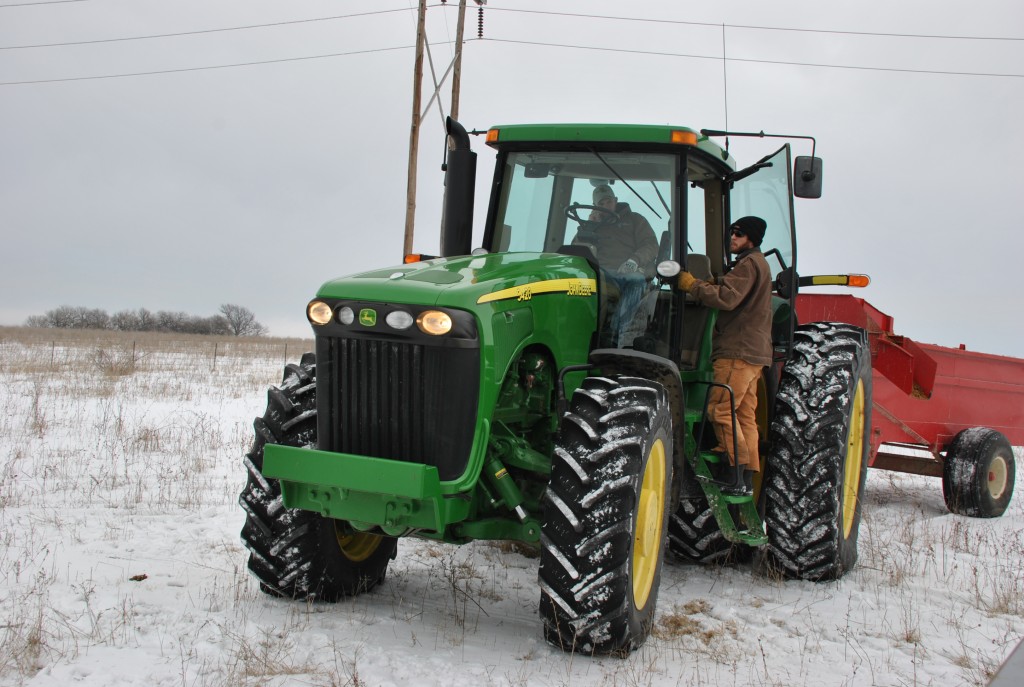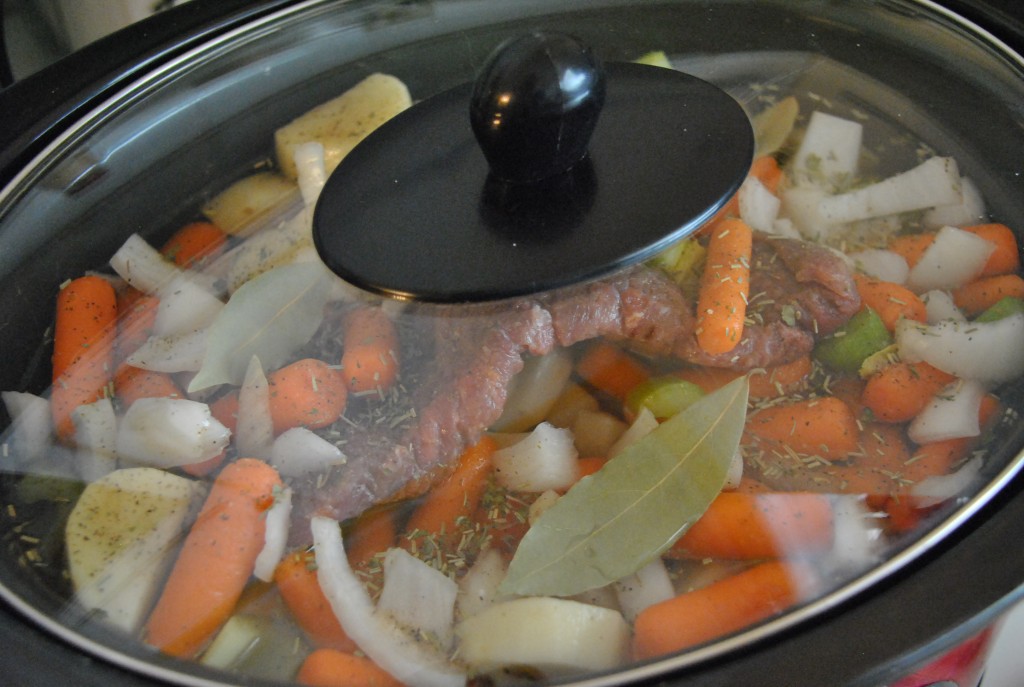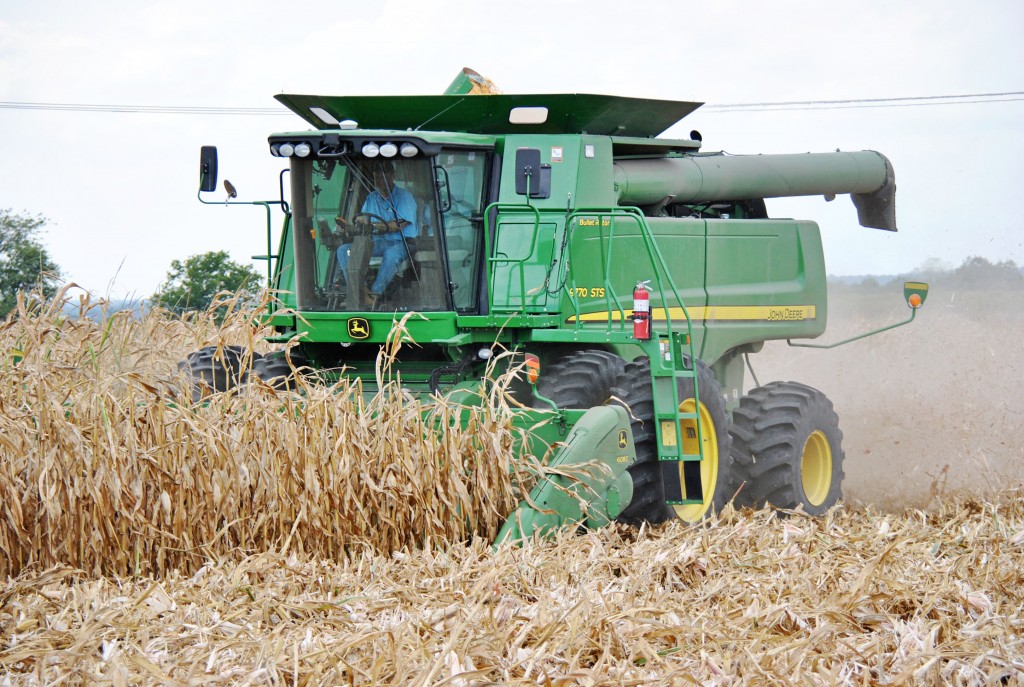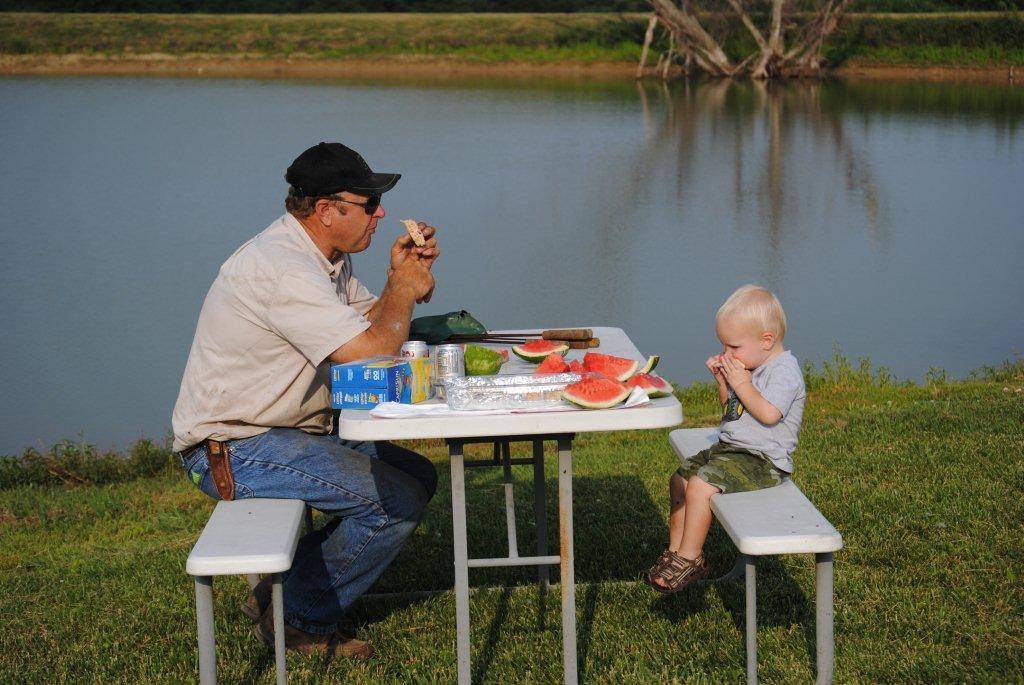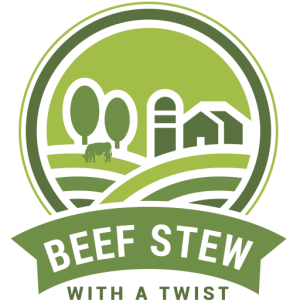Your source for Healthy and Affordable Beef
What’s the Difference between Commercial Beef, Natural Beef, Kosher Beef, and Grass-fed Beef?
James Beard Award Winner, Deborah Krasner, has written a beautifully illustrated cookbook entitled, GOOD MEAT, The Complete Guide to Sourcing and Cooking Sustainable Meat. Ms. Krasner’s definition of Commercial beef was our “conversation starter” at lunch today. (Actually, it was a distraction from discussing THE DROUGHT.)
The commentary explains the difference between Commercial Beef, Natural Beef, Kosher Beef, and Grass-fed Beef and is helpful to the consumer. It was helpful to us, too. Although my husband has been finishing beef for 40 years, he learned something today. Maybe this is news for you, too:
“Commercial beef in America is feedlot beef, which is the reverse of slowly raised, entirely pastured beef. Instead of growing slowly on grass, young cattle are sold to commodity beef companies to be fattened as rapidly and cheaply as possible. They are herded into cramped corrals and fed a diet of corn blended with refuse and growth hormones. This fattens them quickly, even though corn is indigestible for ruminants when it’s their primary food—it’s acidic and makes them sick. To compensate for that, the animals are dosed with sodium bicarbonate. In fact, feedlots are the largest users of sodium bicarbonate in this country; it arrives by the tanker load.”
I couldn’t help smiling when I saw my husband raise his eyebrows. Sodium bicarbonate? Baking soda by the tanker load??
Our feedlot is small. So maybe we just don’t know. Our cows like corn. They really like corn. Corn silage and corn mixed in haylage makes them hurry to the feed bunk and lick it clean. Of course, my husband knows not to feed them straight corn without any roughage. I guess that explains why I haven’t seen a bright orange semitrailer with a red circle emblem of a muscular arm gripping a hammer rumbling down the gravel road to our feedlot. I suppose we could be unaware of sodium bicarbonate in other feed sources so I plan to investigate and I will let you know my findings.
In honor of the 2012 Olympics in London (the athletes are amazing!) I served Deborah Krasner’s recipe for London Broil. It was flavorful and juicy. And it’s not that difficult to prepare.
London Broil (from Beef Chuck Shoulder Steak) serves 4
-
2 cloves garlic, finely chopped
-
2 tablespoons fresh rosemary needles, chopped
-
Freshly grated zest of 1 lemon
-
¼ cup extra-virgin olive oil
-
2 tablespoons red wine or sherry vinegar
-
1 teaspoon Dijon mustard
-
1 1/3 pounds London broil from grass-fed beef chuck (about 2 inches thick)
-
2 teaspoons coarse sea salt such as gray Atlantic or Celtic (for pan-searing only)
Blend the garlic, rosemary, lemon zest, oil, wine, and mustard and turn the meat in the mixture so that the marinade coats both sides. Leave at room temperature for 2 hours or refrigerate overnight, taking care to bring the meat to room temperature before cooking.
Heat a dry, seasoned cast-iron frying pan, grill pan, or outdoor grill to high heat. If using a pan, sprinkle the coarse salt over its surface and heat to popping. Remove the meat from the marinade, shaking and blotting to remove any excess, and lay it in the hot pan—it should sizzle. Cook the meat over high heat for about 5 minutes, or until it is browned on one side and does not stick. Turn the meat over and cook on the other side for about the same period of time. Remove from the pan and let the meat rest for 10 to 15 minutes before slicing thinly against the grain.
London broil is as much as way of cutting and preparing beef as it is a particular cut of meat. Essentially, it means marinating meat and then slicing it thinly across the grain, much like flank steak. Marinate for as little as 2 hours or as long as overnight, but do bring the meat to room temperature before cooking it. Leftover London broil makes outstanding sandwiches and is also a great addition to salads when thinly sliced.
-from Good Meat by Deborah Krasner


